Despite the continuing unfolding story about COVID-19, many media outlets are turning their attention to analysis and predictions about a post-COVID world. The debate over when and how to re-open society centers around a choice: public health vs. the economy. As more companies in Silicon Valley and beyond ponder long-term remote work options for employees, articles that ask question where people will choose to live (“city vs. country”) are starting to surface.
Both of these are examples of so-called “false choice,” or false duality, questions. Many of have heard them — in meetings, in town halls, at conferences, in media interviews. An audience member or interviewer asks you to choose between option “A” and option “B.”
In an effort to make sense of the world, people rely on heuristics to make judgments about complex information. It’s much easier to process the information if they can quickly choose one option over another. Humans, by nature, are very uncomfortable with ambiguity.
In the heat of the moment, when you may already be nervous or anxious, you may be tempted to pick one rather than go into a lengthy explanation. But you don’t have to accept the premise of the question, which suggests that there’s only one answer. Rarely is that the case.
It’s complicated
In trying to express the complexity of the question, you risk going into a long-winded encore of your presentation. This rehash does two things. First, it gives too much time to one topic or questioner when there may be other audience members with their own concerns. Second, it often doesn’t provide what the questioner was looking for: a simple way to understand the issue.
Reframe
One way to consider the question is to reframe it. Is there a different way to consider the issue? Is there a new approach or angle?
Embrace duality
Sometimes the answer is not one option over another. Sometimes it’s “a little of both,” or “it depends.” This is not disingenuous, but an honest response if you acknowledge that it may be difficult to embrace the two options simultaneously.
Offer a third option
It is sometimes best to offer a third option that more closely addresses the issue. This can be part of the reframing and can give the audience a fresh perspective.
Provide clarity and context
For spokespersons in health care, media inquiries about choices between protecting public health and rebuilding the economy can be difficult to navigate. You risk being misquoted or as “taking sides” in an increasingly political (rather than scientific) debate. It is essential that responses are clear, succinct and reinforced. A firm statement that “BOTH are important,” followed by a re-emphasis of your expertise (“I am a public health nurse, so that is where I am most knowledgeable.”) can help set your response in context.
Finally, it’s important to remember that these types of questions can be traps, intentional or not. Recognize a question as a “false choice,” and carefully address the issue to avoid the perception of “taking sides.”

